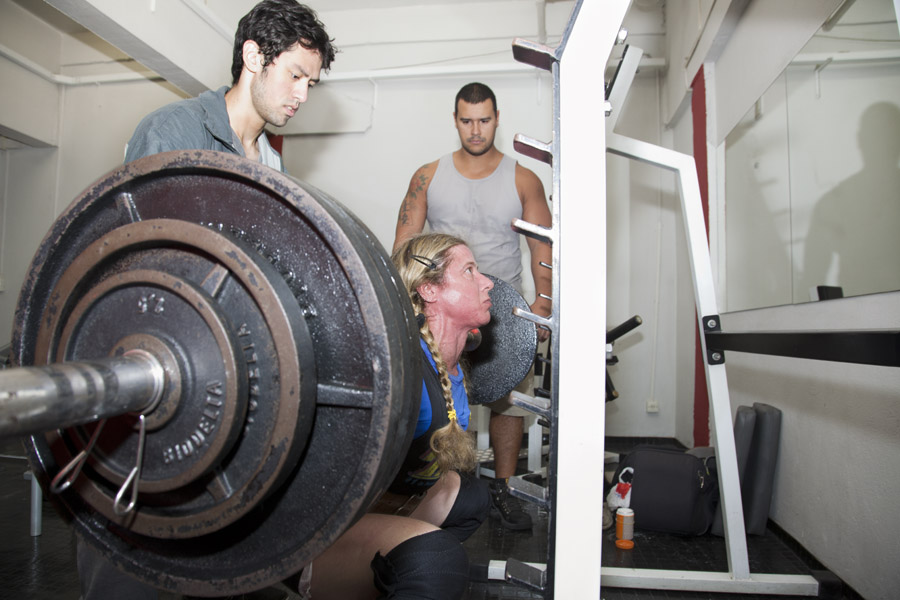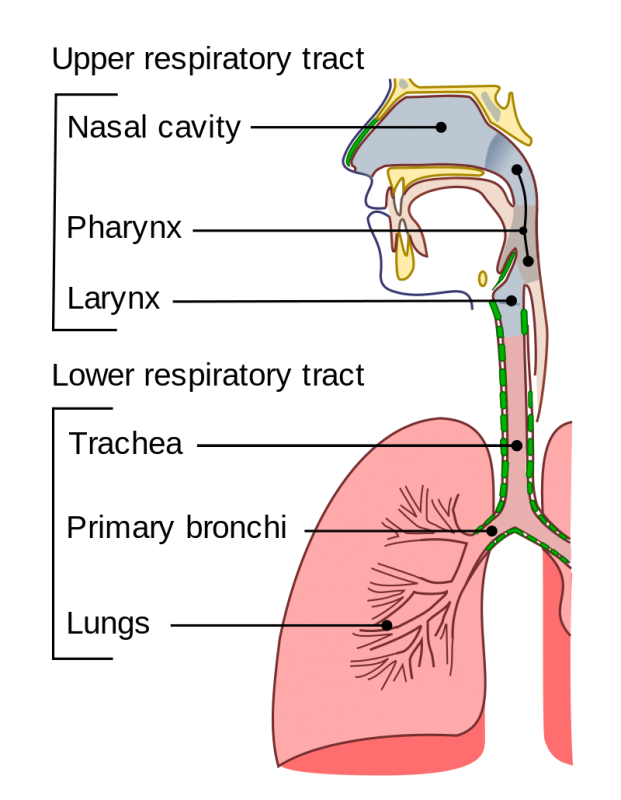
By Lord Akryl, Jmarchn - http://cancer.gov, Public Domain, https://commons.wikimedia.org/w/index.php?curid=10296586
Upper respiratory tract (URT) infections are more common among athletes than lower respiratory tract/pulmonary illness. It is very common for athletes to develop acute URT following an intense training period or right after a competition. Most episodes are viral infections and require rest and adequate nutrition for recovery. Some cases may be bacterial infections and require antibiotic treatment.
The reasons why URT infections are so common among athletes at post-competition periods are probably a combination of an immune depression window following very intense and prolonged physical exertion, stress (physical and mental) and exposure to pathogenic agents.
With the threat of coronavirus contagion and development of COVID-19, a particularly severe form of respiratory illness, this issue should be a top concern for both coaches and athletes.
Unfortunately, there are no guidelines concerning pharmacological or dietary supplement prevention of URT infections. There is published evidence about a beneficial effect of vitamin D and C supplementation as well as probiotics. However, their effectiveness is highly variable.
The best prevention, though, are the well-known behavioral guidelines for respiratory infection prevention for the general population:
1) Hand washing after touching anything and as soon as one enters the venue/gym
2) Organizers should dismiss athletes with URT symptoms. If they don’t, your athlete should avoid contact with them
3) Have hand sanitizers handy and have your athlete use them frequently
Some comments about the URT infection risks we usually ignore:
1) The barbell knurling is a cheese grater. It will scrape off humid skin and accumulate debris in the crevices. This is a perfect culture medium for microorganisms.
2) How many athletes did you see washing or sanitizing their hands after each lift in a competition?
3) Enthusiastic cheering can spray people with saliva droplets.
4) Everyone, your athlete included, should avoid touching their face. If they need to, they must make sure their hands are clean.
5) International competitions provide an opportunity for socializing microorganisms. Athletes from one country may have developed immunity to certain microorganism strains but not to the foreign strains.
References:
Upper Respiratory Tract Infections in Athletes
Prevention of upper respiratory tract infection in endurance athletes
Prevention and management of respiratory tract infections in athletes









